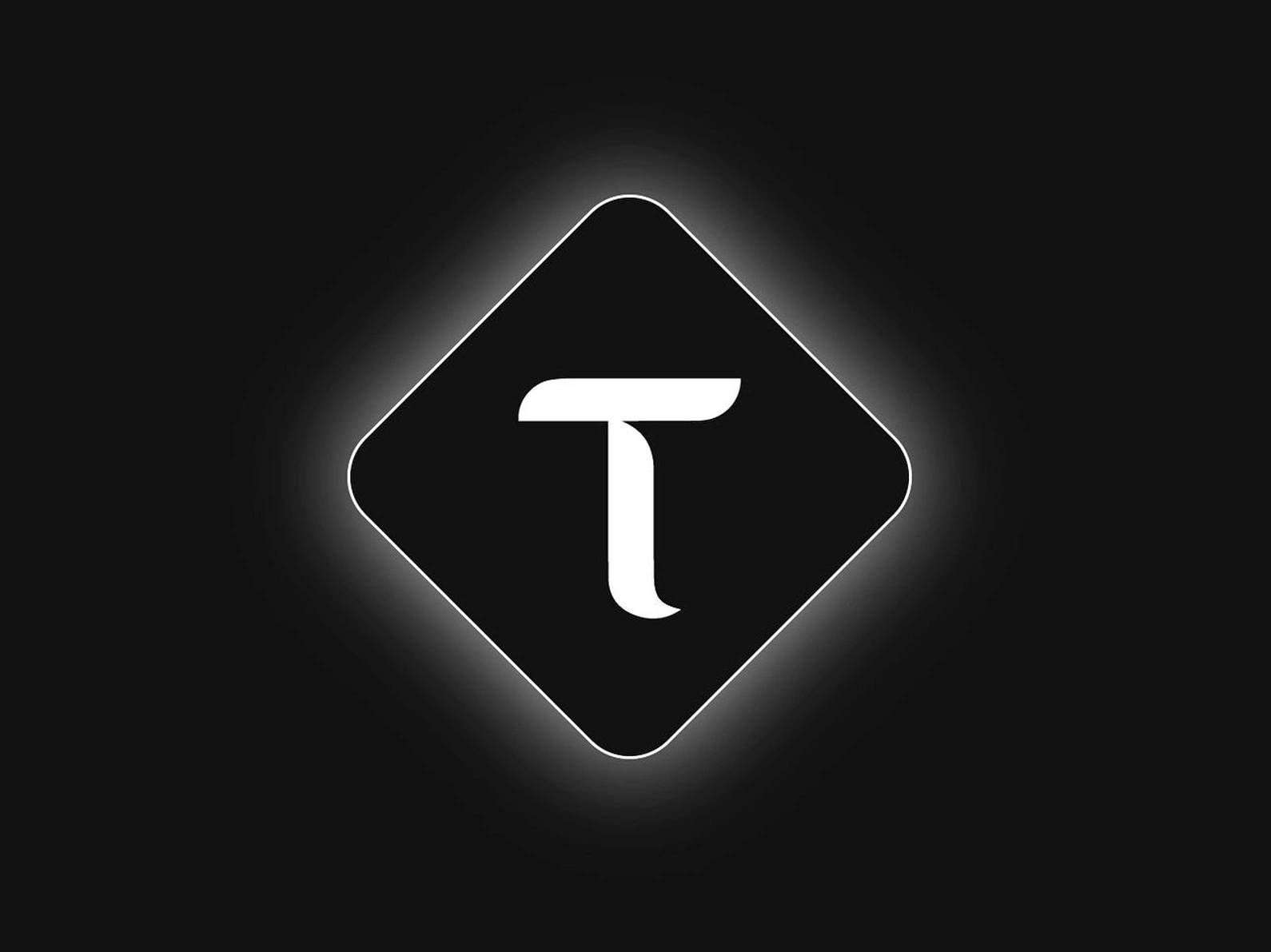위키 구독하기
Share wiki
Bookmark
Bittensor (TAO)
Bittensor (TAO)
빗텐서는 분산형 블록체인 기반 머신러닝 네트워크를 구동하는 오픈소스 프로토콜입니다. TAO는 빗텐서의 네이티브 암호화폐이며, 협업적으로 학습하고 집단에 제공하는 정보적 가치에 따라 머신러닝 모델에 보상으로 제공됩니다. [1][2][3][4]
개요
빗텐서는 채굴 네트워크로, 분산형 머신러닝 모델 네트워크에 대한 검열 저항성 접근을 제공하는 비트코인과 유사합니다. Opentensor 재단과 설립자인 Jacob Robert Steeves & Ala Shaabana가 2021년에 개발했습니다.
빗텐서는 분산 원장을 활용하여 인공지능 기술의 개발 및 배포 전략을 제시합니다. 여기에는 오픈 액세스/소유권, 분산 거버넌스 및 인센티브 프레임워크 내에서 전 세계적으로 분산된 컴퓨팅 리소스 활용과 같은 측면이 포함됩니다.
또한, 머신 인텔리전스의 오픈소스 저장소 역할을 하며 사용자의 기여 가치에 따라 보상과 네트워크 소유권을 분배합니다.
빗텐서는 네트워크에 귀중한 머신러닝 모델과 출력을 기여하는 노드에 보상하는 합의 메커니즘인 지능 증명(Proof of Intelligence)을 사용합니다. 이는 블록체인 네트워크에서 사용되는 작업 증명(PoW) 및 지분 증명(PoS) 메커니즘의 변형이지만, 복잡한 수학적 문제를 해결하는 대신 노드는 지능을 증명하기 위해 머신러닝 작업을 수행해야 합니다. 노드의 머신러닝 모델 출력이 정확하고 가치가 높을수록 새로운 블록을 체인에 추가하고 TAO 토큰 형태의 보상을 받을 가능성이 높아집니다. [9] [1] [3] [4] [5] [8]
빗텐서 프로토콜 기술
빗텐서 프로토콜은 네트워크 참여자 간에 머신러닝 기능과 예측을 교환할 수 있도록 하는 분산형 머신러닝 프로토콜입니다. 피어 투 피어 방식으로 머신러닝 모델과 서비스의 공유 및 협업을 가능하게 합니다. [5][9]
네트워크 아키텍처
빗텐서 네트워크는 프로토콜에 참여하는 노드(채굴자) 집합으로 구성됩니다. 각 노드는 네트워크의 다른 노드와 상호 작용할 수 있도록 하는 빗텐서 클라이언트 소프트웨어를 실행합니다. [9]
등록
빗텐서 프로토콜은 핫키 등록을 포함하는 등록 프로세스를 통해 작동합니다. 빗텐서 네트워크에 참여하고 Tao 토큰을 채굴하려면 사용자는 작업 증명(POW)을 풀거나 recycle_register 메서드를 사용하여 수수료를 지불하여 핫키를 등록해야 합니다. [9]
서브텐서
등록되면 노드는 빗텐서 네트워크 내의 특정 도메인 또는 주제인 서브넷의 일부가 됩니다. 각 서브넷에는 자체 등록된 노드와 관련 머신러닝 모델이 있습니다. [9]
검증자
검증자는 채굴자가 제공하는 응답과 예측을 검증하는 역할을 합니다. 검증자는 네트워크 내에서 교환되는 데이터와 모델의 무결성과 품질을 보장합니다. 검증자는 채굴자에게 질문하고 응답을 평가하여 예측의 정확성과 신뢰성을 결정합니다. 검증자는 중개자이자 빗텐서 네트워크에 대한 접근 지점으로서 사용자와 애플리케이션의 상호 작용을 가능하게 하고 인터페이스를 제공합니다. [9]
채굴
빗텐서 네트워크의 채굴자는 로컬로 호스팅되는 머신러닝 모델을 호스팅하고 제공하여 머신러닝 서비스를 제공합니다. 클라이언트 애플리케이션에서 예측이 필요하면 빗텐서 네트워크에 요청을 보내고, 이 요청은 필요한 서비스 제공자로 등록된 채굴자에게 라우팅됩니다. 채굴자는 로컬로 호스팅되는 머신러닝 모델을 사용하여 요청을 처리하고 빗텐서 네트워크를 통해 클라이언트에 예측을 반환합니다. [9]
합의
빗텐서 네트워크는 합의 알고리즘을 사용하여 네트워크 상태에 대한 합의에 도달하고 처리되는 데이터의 무결성을 보장합니다. 합의 메커니즘은 이중 지출을 방지하고 데이터 일관성을 보장하며 네트워크의 전반적인 보안을 유지하는 데 도움이 됩니다. [9]
인센티브
빗텐서 네트워크는 토큰 기반 경제를 통해 참여와 기여에 대한 인센티브를 제공합니다. 채굴자와 검증자는 네트워크에 대한 컴퓨팅 리소스, 정확한 예측 및 기타 귀중한 기여에 대해 TAO 토큰으로 보상받습니다. 이러한 인센티브는 적극적인 참여를 장려하고 네트워크의 안정성과 효율성을 유지하는 데 도움이 됩니다. [9][7]
잘못된 내용이 있나요?
